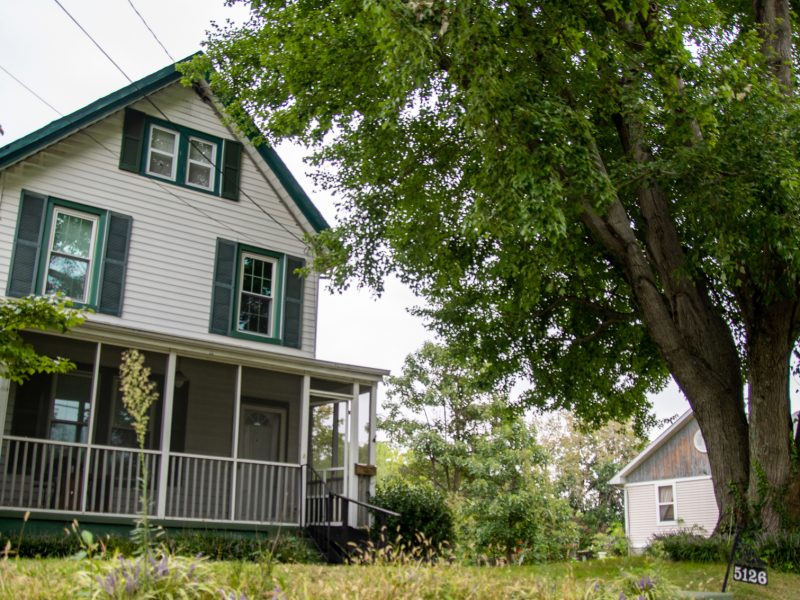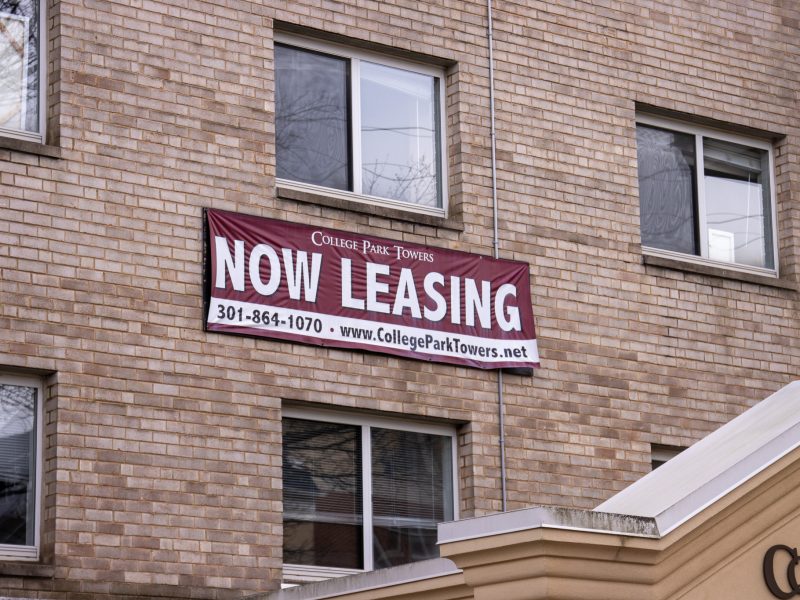Drivers and buses may experience delays and traffic on Route 1 for the rest of the semester, as road expansion and construction of The Hotel at the University of Maryland has closed one lane at the intersection of Campus Drive.
The university’s Department of Transportation Services notified parking registrants of the expected delays on April 6. The State Highway Administration is adding a new lane to Route 1 to accommodate increased traffic in front of The Hotel.
DOTS Assistant Director Anna McLaughlin said the traffic delays are unavoidable.
[[Read more: The Hotel at the University of Maryland will start taking reservations in April]]
“It is going to be a fact of life,” she said, adding that much of the construction will be during “prime time,” when the number of cars on the road rises naturally.
In the email, DOTS told the university community to expect delays on the Orange, Purple, Blue and Gold Shuttle-UM buses, as well as the routes servicing The View and The Varsity. DOTS will not be adding additional buses to these routes.
“Putting additional buses out in terrible traffic isn’t going to help anything,” she said.
According to DOTS’ email, the road expansion and the worst of the delays will end around May 19.
While the construction is out of DOTS’ control, McLaughlin said the department wanted to help students, staff and faculty plan for the delays.
[[Read more: SHA, utility companies are preparing for Route 1 construction in 2018]]
SHA spokesman Charlie Gischlar said the road expansion makes The Hotel compliant with state requirements. Other improvements for The Hotel project will include adding ADA-compliant sidewalks, resurfacing concrete curbs and gutters, adding a stop light and widening streets to create turn lanes, Gischlar said.
“When a commercial or residential development impacts one of our roadways, we look at their impact study and then our engineers determine, ‘to maintain the same level of service, you have to do x, y and z,'” he said.
Approximately 370,000 vehicles use the intersection each day, Gischlar said, noting that, “We don’t want you to be dumping a bunch of traffic in the area and causing unsafe conditions and gridlock.”
Nida Imtiaz, a telecommunications engineering masters student, said she uses ZipCar to get around and has noticed delays from the construction.
“It takes around 15 minute more than usual,” she said of traveling near the university. “The whole of Baltimore Avenue is jam-packed. Even the buses are really slow.”
The improvements could take one construction season or two depending on the weather, Gischlar said. A construction season generally runs from spring to late fall, as using materials like asphalt or concrete requires a temperature of 50 degrees Fahrenheit or warmer, he added.



